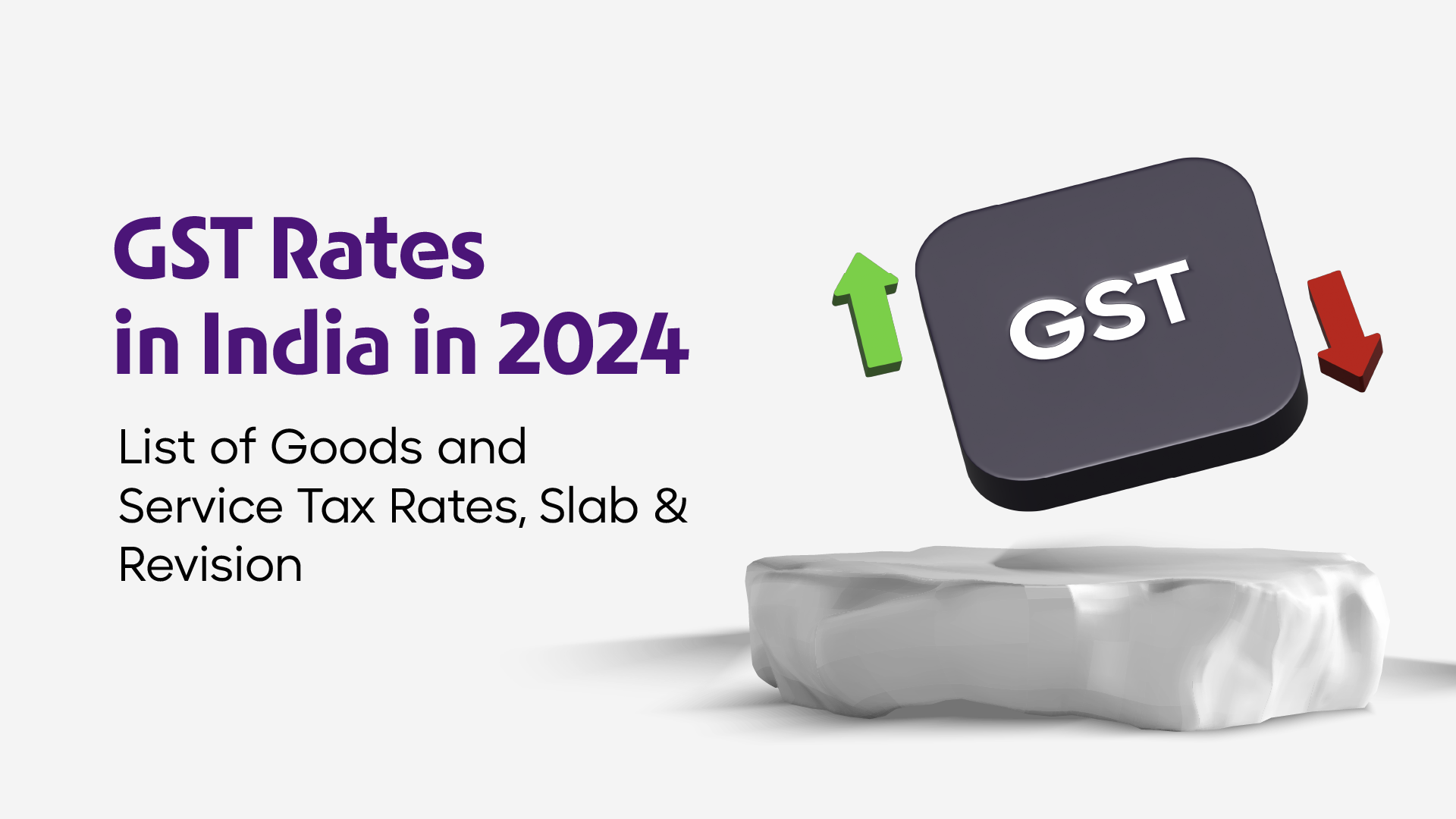The concept of a nationwide GST in India was initially suggested by the Kelkar Task Force on Indirect Taxes in 2000. The aim was to replace the existing complex and fragmented tax setup with a unified system that would simplify tax compliance, reduce tax overlaps, and foster economic unity.
The Empowered Committee of State Finance Ministers outlined a plan and roadmap, publishing the First Discussion Paper in 2009. The Constitution Amendment Bill was proposed in 2011, but it encountered obstacles related to compensation for states and other concerns.
GST, or Goods and Services Tax, is India’s single indirect tax system that replaced several older tax laws. GST operates with both central and state components and categorizes items into tax slabs based on their type, such as 5%, 12%, 18%, and 28%. For example, the tax slabs range from 0% for essentials like milk, eggs, and educational services, to 5%, 12%, 18%, and 28% for various other categories. Everyday items with a 5% GST rate in India include baby food, Indian sweets, sugar, and tea.
The GST rates may change periodically to match economic conditions and government goals, impacting businesses and consumers across India. In this blog, we will explore the recent changes in GST rates and their impact on small and medium-sized businesses (MSMEs).
Overview of Current GST Rates and Slabs
GST slabs and rates in India refer to the different categories and percentages of taxes applied to goods and services under the Goods and Services Tax system (GST). The GST system classifies various items into specific slabs, each with a designated tax rate.
Currently, the most common GST rates for goods in India are 0% (nil rated), 5%, 12%, 18%, and 28%. There are also lesser-used rates of 0.25% and 3% used in India. Additionally, businesses under the GST composition scheme have slightly lower GST rates of 1.5%, 5%, or 6% applicable. However, in this scheme, the GST rate is applied to the turnover generated by the GST-registered entity rather than the goods supplied.
Recent Revisions & Updates of GST India
The 53rd GST Council meeting took place in New Delhi on June 22, 2024.
The GST Council meeting had many items on its agenda. Before the meeting, the Union FM held a pre-budget consultation with various states and UTs. The Union FM also mentioned that as of December 31, 2023, less than 1.96% of GST taxpayers (114,999 taxpayers) received notices under GST.
Several changes were introduced in the meeting to facilitate compliance and improve the GST system. Key topics included adjusting tax rates and preventing tax evasion. These decisions can significantly impact your business and tax planning.
A key update from the meeting held in June is the return of GSTR-1A. This form lets taxpayers correct sales details previously submitted in GSTR-1 based on changes by buyers in their GSTR-2B. This change aims to make correcting records easier and ensure accurate tax records. For businesses, it means a more organized way to fix mistakes, saving time and reducing the hassle of correcting sales errors.
The GST Council has offered a conditional waiver of interest and penalties for specific cases. This move aims to ease the financial burden on taxpayers who missed deadlines or faced compliance issues.
The Central Board of Indirect Taxes and Customs (CBIC) has announced GST rate changes based on the recommendations from the meeting. A new uniform GST rate of 12% will apply to items like milk cans, carton boxes, and sprinklers.
Impact of GST on MSMEs
The introduction of the Goods and Services Tax (GST) has significantly impacted Micro, Small, and Medium Enterprises (MSMEs) in India. One major change GST brought is the simplification of the tax structure. Previously, MSMEs had to deal with multiple indirect taxes, which were complicated and varied by state. GST replaced these with a unified tax system, making compliance easier.
However, the shift to GST also posed challenges for MSMEs. Registering for GST and filing regular returns online required MSMEs to adapt to new digital processes, which was difficult for many smaller businesses that had not previously used technology extensively. Another problem is that GST can cause blockages in working capital. Delays in getting input tax credits mean that MSMEs might have a lot of their money tied up, affecting their cash flow and daily operations.
Despite these challenges, GST has brought several benefits. It has reduced the piling-up effect of taxes, where businesses paid tax on tax, thus lowering the overall tax burden.
In conclusion, implementing GST in India has been a transformative step towards creating a more streamlined and efficient tax system. For MSMEs, this shift has simplified tax compliance and reduced the cumulative tax burden, fostering a more business-friendly environment. While challenges like digital adaptation and working capital blockages remain, the benefits of a unified tax structure and improved market integration are significant. With continuous updates and adjustments by the GST Council, the system aims to enhance the ease of doing business, ensuring that businesses of all sizes can thrive in the evolving economic landscape.
GST in India has transformed the tax system, making it simpler and more efficient. For MSMEs, it has eased tax compliance and lowered the overall tax burden, creating a more business-friendly environment. Despite challenges like adapting to digital processes and cash flow issues, the benefits of a single tax structure and better market integration are clear. With ongoing updates from the GST Council, the system aims to make doing business easier, helping companies of all sizes succeed in the changing economy.
Businesses in India face many challenges such as changing tax laws, compliance, technology advances, and funding. Open Capital aims to make things easier by offering hassle-free loans up to 30 lakhs. We provide an easy, fully online application with minimal paperwork, flexible repayment options to fit your cash flow, and customized loan amounts to meet your needs. This ensures you get the funds to grow your business smoothly.
Stay tuned for more insightful content on business loans, and follow us for regular updates! YouTube | Instagram



